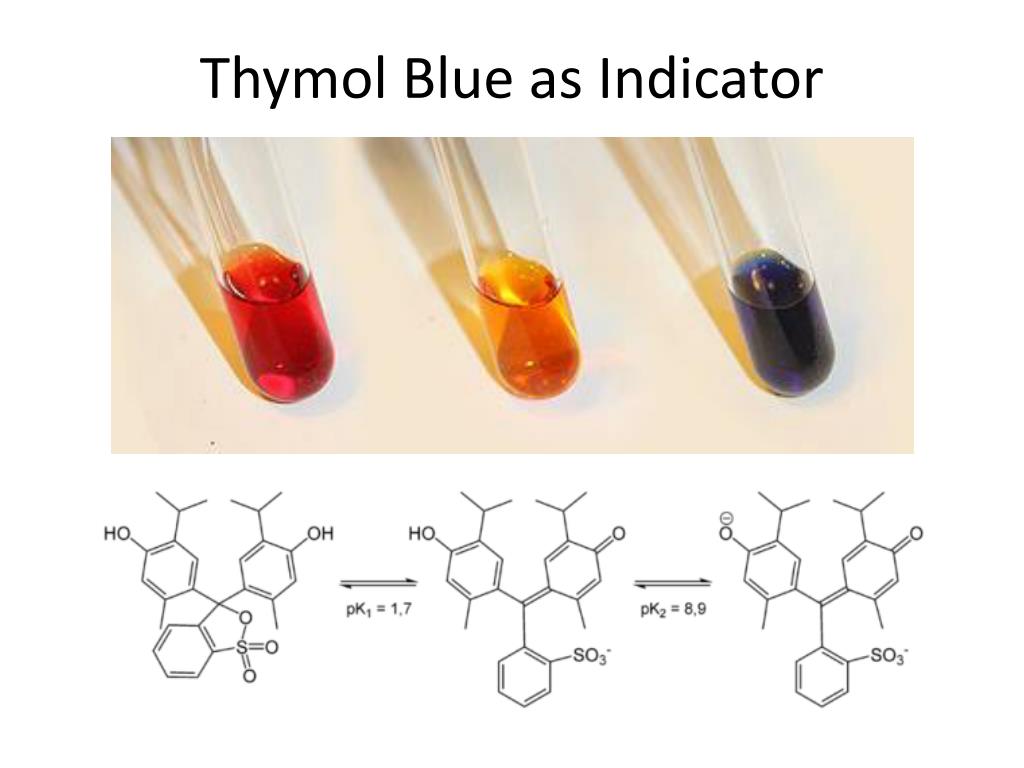
To find out which, dilute the sample further. If the plate is yellow after incubation it could be related to pH or it could be an indication of too numerous to count.


Check the pH of the prepared sample and adjust to ensure it falls within the recommended range of 6.5-7.5. Question: Can you explain what to do if a product turns a 3M™ Petrifilm™ Enterobacteriaceae Count Plate yellow?Īnswer: If a product turns a 3M Petrifilm Enterobacteriaceae Count Plate yellow, especially at the time the product is plated, it is most likely related to the pH of the sample. If there is ever any doubt about a red-violet colony, you could use the 3M Petrifilm Staph Express Disk for DNase detection. There is a high correlation of coagulase positive staphylococci that also carry DNase. The 3M™ Petrifilm™ Staph Express Confirmation Disk looks for the presence of DNase. aureus or it could be a phenotypically similar/related organism that has picked up the same enzyme used to react with the red-violet indicator in the 3M Petrifilm Staph Express Count Plate. In the case of the 3M Petrifilm Staph Express Count Plate, a red-violet colony that doesn’t confirm via the coagulase method could be a coagulase negative S. As with any microbiological methods there is the possibility of exceptions. Our validations demonstrate that red-violet colony counts are equivalent to the results of the reference method + coagulase test. Question: Do all red violet colonies on the 3M™ Petrifilm™ Staph Express Count Plate cause coagulase reactions? If not, why?Īnswer: 3M Petrifilm Staph Express Count Plates have been validated comparing to the reference method including confirmation (coagulase test).

We’d be happy to help if you can send us pictures or set up some virtual or on-site training. If the plate is turning brown, it could be because the incubation temperature is very high and the plates have been incubated too long as the incubation time is two days. Question: What is the reason for the 3M™ Petrifilm™ Lactic Acid Bacteria Count Plates being hard to count? It usually turns brown when left for over three days and colonies are hard to see or it has so much gas the colonies are not clear?Īnswer: If there is an excess of gas, an additional dilution might help. The different colors do not provide any information to differentiate between different microorganism types. The technology in these multiple indicators allow us to visualize colonies faster than traditional methods. Question: What is the reason for the different color species on the 3M™ Petrifilm™ Rapid Aerobic Count Plate?Īnswer: The 3M Petrifilm Rapid Aerobic Count Plates have a dual indicator system. We can provide examples of what you are experiencing and help provide some training.

If there is clear, distinct separation between two or more red spots, count each as individual CFU. How would you interpret that?Īnswer: We suggest that if the colonies do not form a perfect round shape but seem to connect and be part of the same colony, count as 1 CFU. Question: On the lactic acid plate, sometimes the colonies are hard to count because they fuse with each other or does not form in a perfect round shape. technical specialists. Additional information is available for you as well on both the 3M™ Petrifilm™ Rapid Plates Portfolio as well as the 3M™ Petrifilm™ Standard Plate Portfolio. The Certificate of Analysis (COA) is a signed document that includes the storage temperature, expiration date and quality controls for an individual lot.Are you seeing something you didn’t expect to see on your plates? Here are some questions asked by food safety labs that have been answered by 3M global and U.S.


 0 kommentar(er)
0 kommentar(er)
